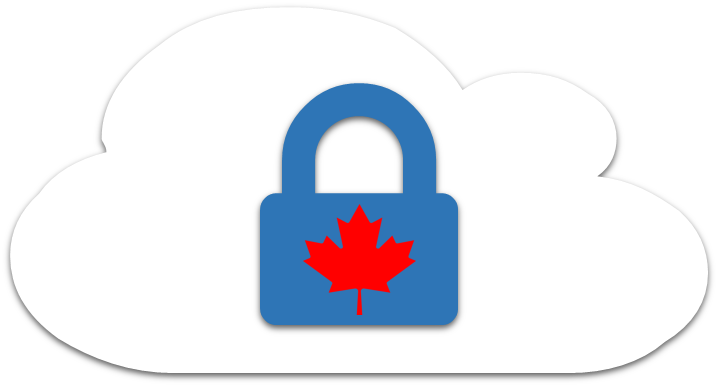Important: The GCConnex decommission will not affect GCCollab or GCWiki. Thank you and happy collaborating!
Difference between revisions of "Secure Remote Work Technical Considerations"
| Line 40: | Line 40: | ||
*Ensure remote servers, user endpoints such as smartphones, tablets, laptops and desktops are regularly patched. | *Ensure remote servers, user endpoints such as smartphones, tablets, laptops and desktops are regularly patched. | ||
*Secure all remote devices by using anti-malware software and implementing strong firewall rules. | *Secure all remote devices by using anti-malware software and implementing strong firewall rules. | ||
| − | *Use validated encryption to protect data. | + | *Use validated encryption to protect data at rest and in transmission. |
*Encrypt device storage such as hard drives, SD Cards, USB Keys, etc... | *Encrypt device storage such as hard drives, SD Cards, USB Keys, etc... | ||
*Devise policies that detail how a teleworker will access applications remotely as well as what applications and parts of the network they have access to. | *Devise policies that detail how a teleworker will access applications remotely as well as what applications and parts of the network they have access to. | ||
Revision as of 12:31, 3 April 2020
| Overview and User Considerations | Technical Considerations | Secure Use of Collaboration Tools |
|---|
What is Teleworking?As cloud technology, collaborative applications and internet connectivity increase, teleworking is becoming more prevalent than ever before. Teleworking is often done through the following ways:
Threats and Challenges posed by TeleworkingBy connecting via the internet to potentially classified or sensitive applications or data, there are threats to the safety and security of that information. Security issues may include:
Mitigation and Prevention MeasuresAs the employee will be connected via the internet to potentially classified data and applications it is important that measures are taken to reduce the risk of a security breach. Some helpful considerations to implement include:
Home Network HardeningOut of the box, most routers have generic passwords, are out of date, and often contain exploits that can easily be used to intercept, manipulate and store network traffic. However, there are a number of actions that you can take to mitigate these security issues at home. The following were taken from a CyberScoop report that details measures to protect home networks.
For more information, check out this CyberScoop report. References
|

